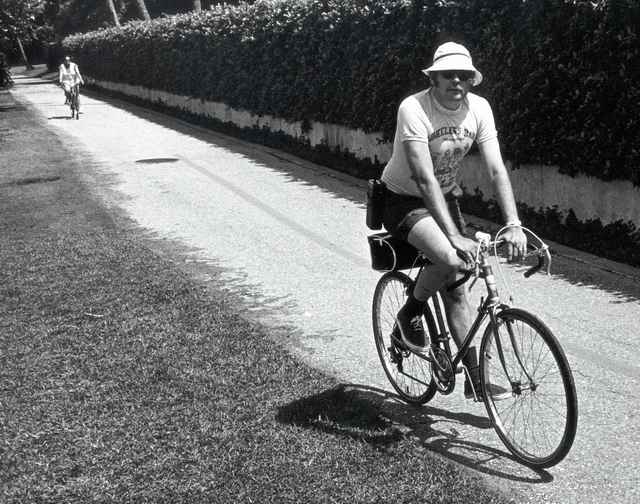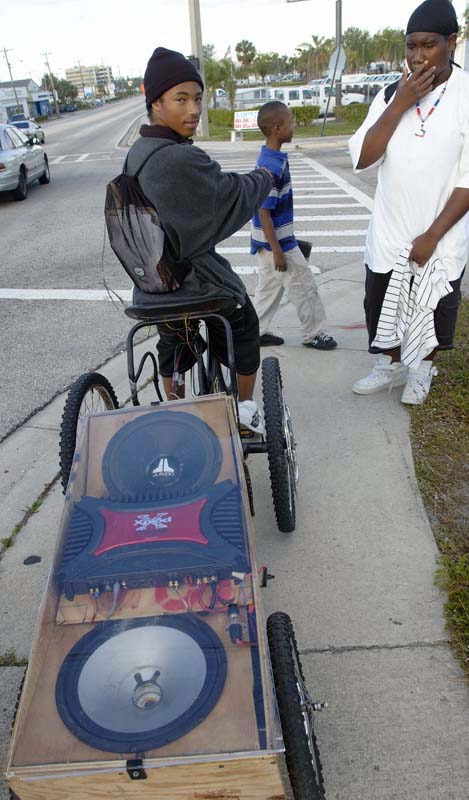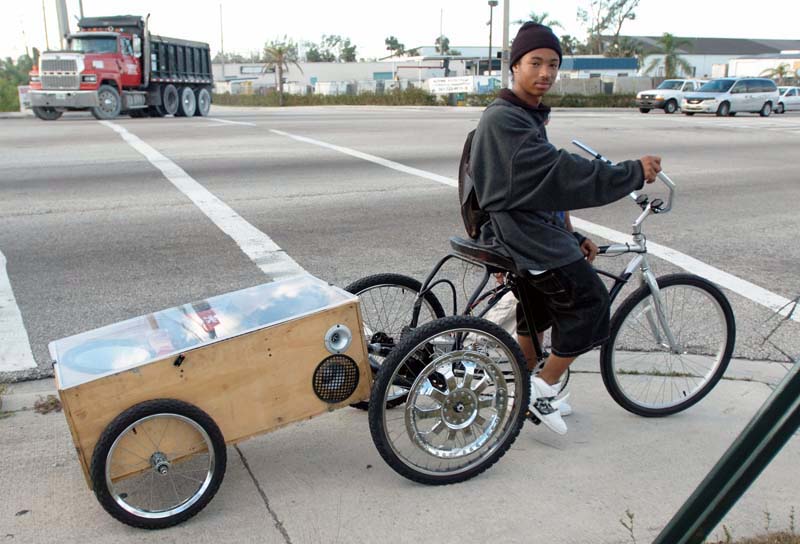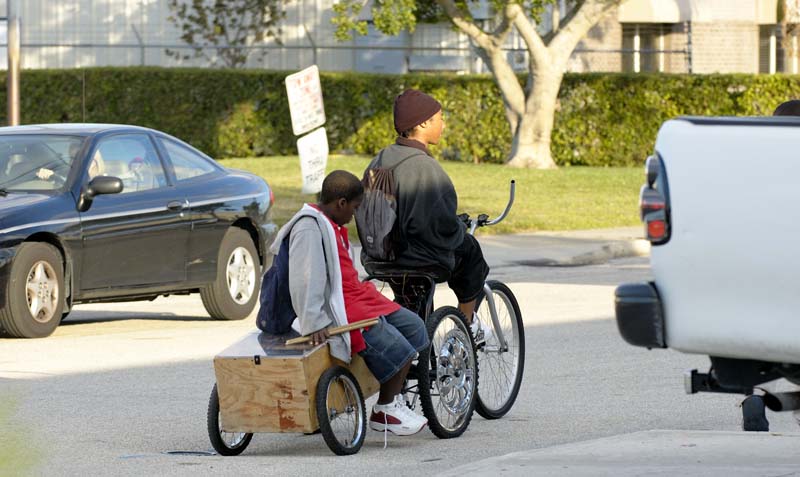First off, if you got here looking for a formal tour of Palm Beach, we’re not there yet. We may not ever get there.
Here’s what happened along the way: several months ago, my two sons, their wives and my toddler grandson in a bike trailer, started doing weekend rides. It was convenient to meet at my house and ride Palm Beach. That riding group has grown to include friends, co-workers and the occasional tourist we’ve swept up.
Thirty-five years of working at the local newspaper, The Palm Beach Post, has given me lots of war stories and historical tidbits that I share with the riders. Some of them may actually be true.)
For my birthday, they set up this site and said, “You’re so close to retirement that you can taste it.  (Why don’t you do Palm Beach bike tours and get paid for what you’re giving away for free?”The more I thought about it, the better I liked the idea. See if I could cut a deal with a local bike shop that already rents bikes; use FRS radios for commentary; convince the city fathers that we would emphasize safety, get a foodie friend to provide picnic lunches, etc., etc.
(Why don’t you do Palm Beach bike tours and get paid for what you’re giving away for free?”The more I thought about it, the better I liked the idea. See if I could cut a deal with a local bike shop that already rents bikes; use FRS radios for commentary; convince the city fathers that we would emphasize safety, get a foodie friend to provide picnic lunches, etc., etc.
Then we had a larger than average group show up one Saturday. It was a mixture of hammerheads who wanted to go fast and newbies who wanted to ride 10 mph and who weren’t comfortable in traffic. That made me wonder if I really wanted to go into the cat herding business.
In the meantime, this site was already getting hits, even with nothing on it. I didn’t want to disappoint folks, so I thought about the hundreds of messages I’ve posted since the early 2000s to bicycling newsgroups and email lists about rides, equipment, technique and stuff that you think about when you’re on a saddle for hours at a time.
This site is going to be a distillation of those postings, plus some of the ramblings of friends and family. Instead of herding cats in the real world, I’m going to do it in the virtual world.
For those of you who are actually looking for good places to ride, I’ll have GPS tracks, Google Earth .kmz files and lots of pictures as quickly as I can put them up. It’s taking a while to edit the original postings and to learn the software that runs this site. Please be patient and visit often. There will be a lot of new (old) content posted in the next few weeks. Comments, questions and critiques are welcome.



